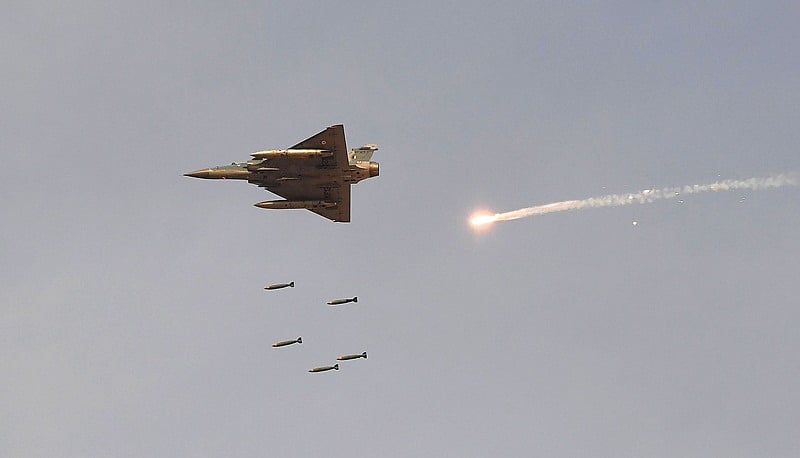High-resolution satellite images produced by a San Francisco-based satellite operator Planet Labs and reviewed by Reuters show that a religious school run by Jaish-e-Muhammad (JeM) in north-eastern Pakistan still appears to be standing days after India claimed warplanes destroyed it and killed a large number of fighters.
According to Reuters, the images show at least six buildings on the madrasa site on March 4, six days after the airstrike. This is the first time an image of the site has surfaced. The Planet Labs satellite images give a clearer look at the structures the Indian government has said it had attacked. The report suggests that the images from Plant Labs are detailed to be as small as 72 cm (28 inches).
The report further drew a comparison of the same spot from an April 2018 image, saying it is practically unchanged ever since. There are no discernible holes in the roofs of buildings, no signs of scorching, blown-out walls, displaced trees around the madrasa or other signs of an aerial attack, says Reuters, quoting the lab. Jeffrey Lewis, director of the East Asia Non-proliferation Project at the Middlebury Institute of International Studies, told the news agency, “The high-resolution images don’t show any evidence of bomb damage.”
Lewis, along with another expert who also analyses satellite images, said weapons that are large would’ve caused obvious damage to the structures visible in the picture. “If the strike had been successful, given the information we have about what kind of munitions were used, I would expect to see signs that the buildings had been damaged,” Lewis told Reuters.









